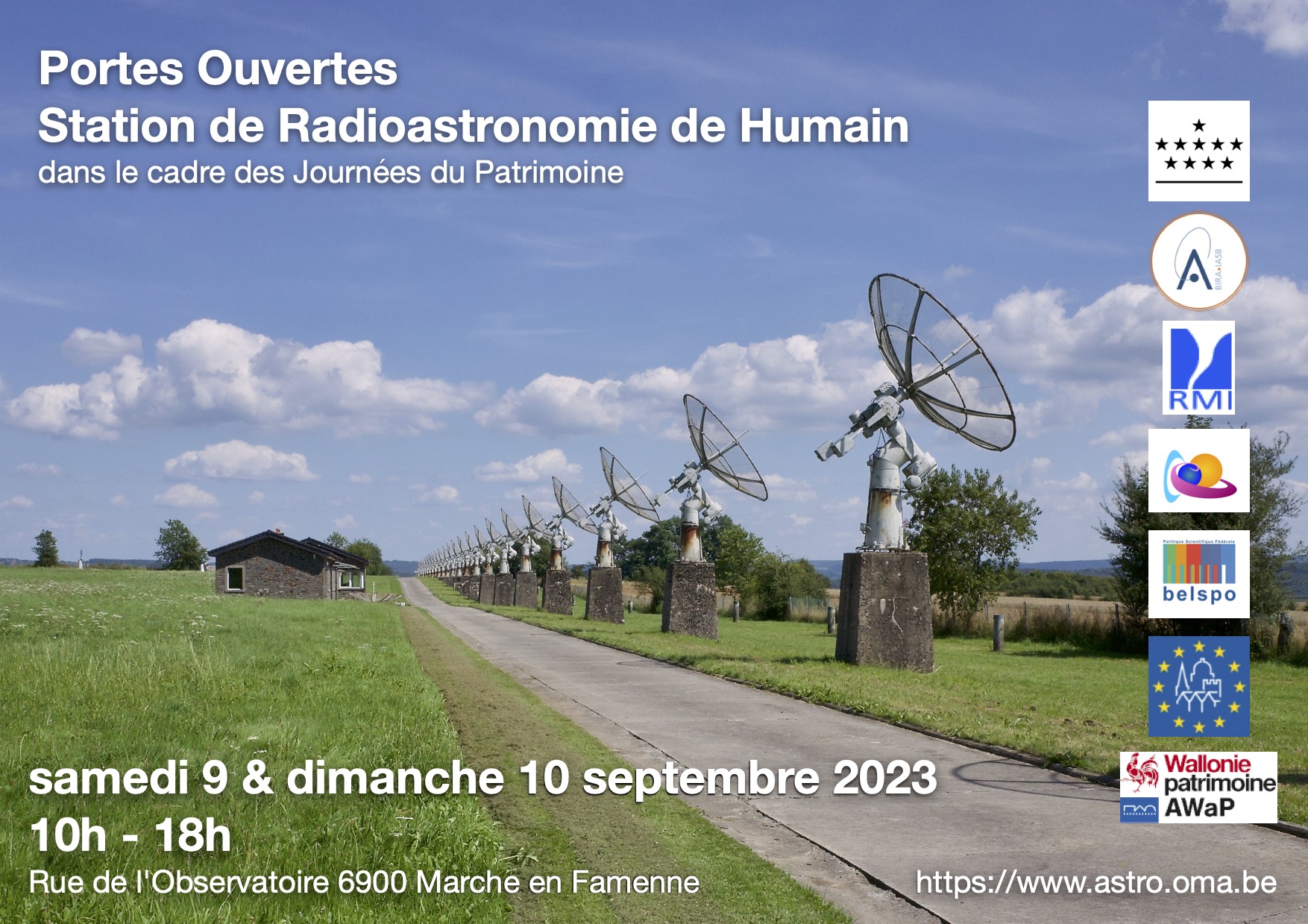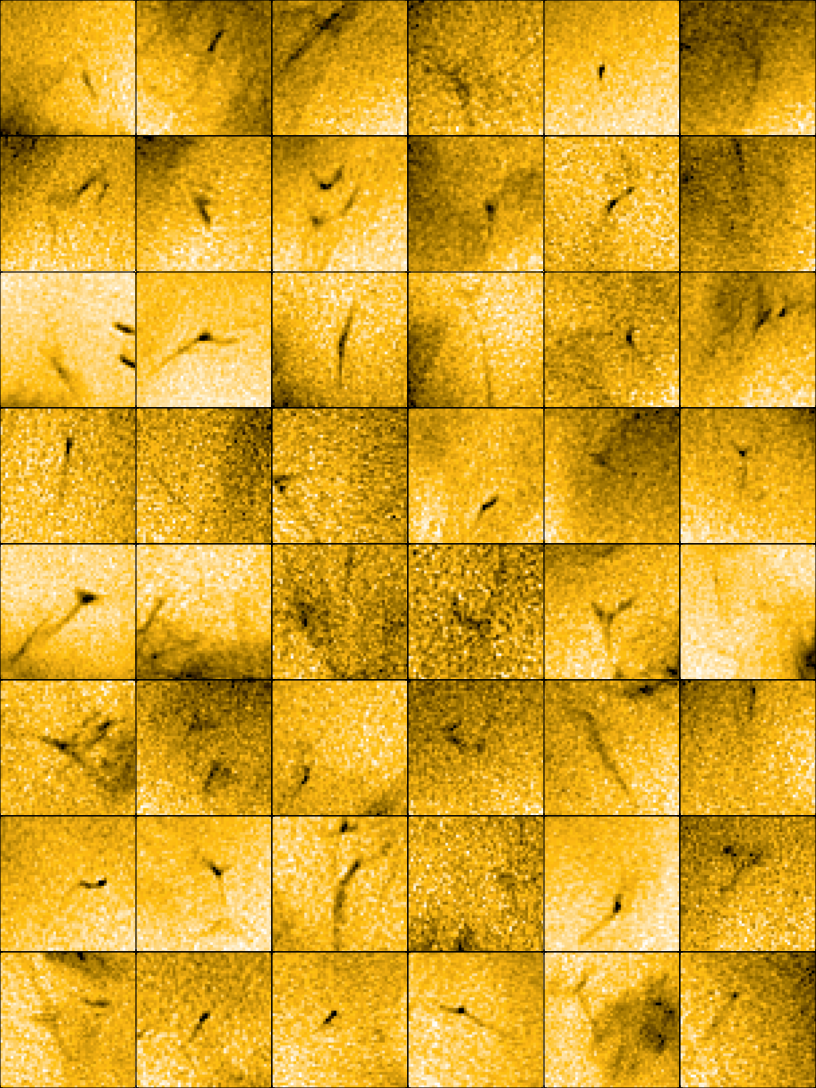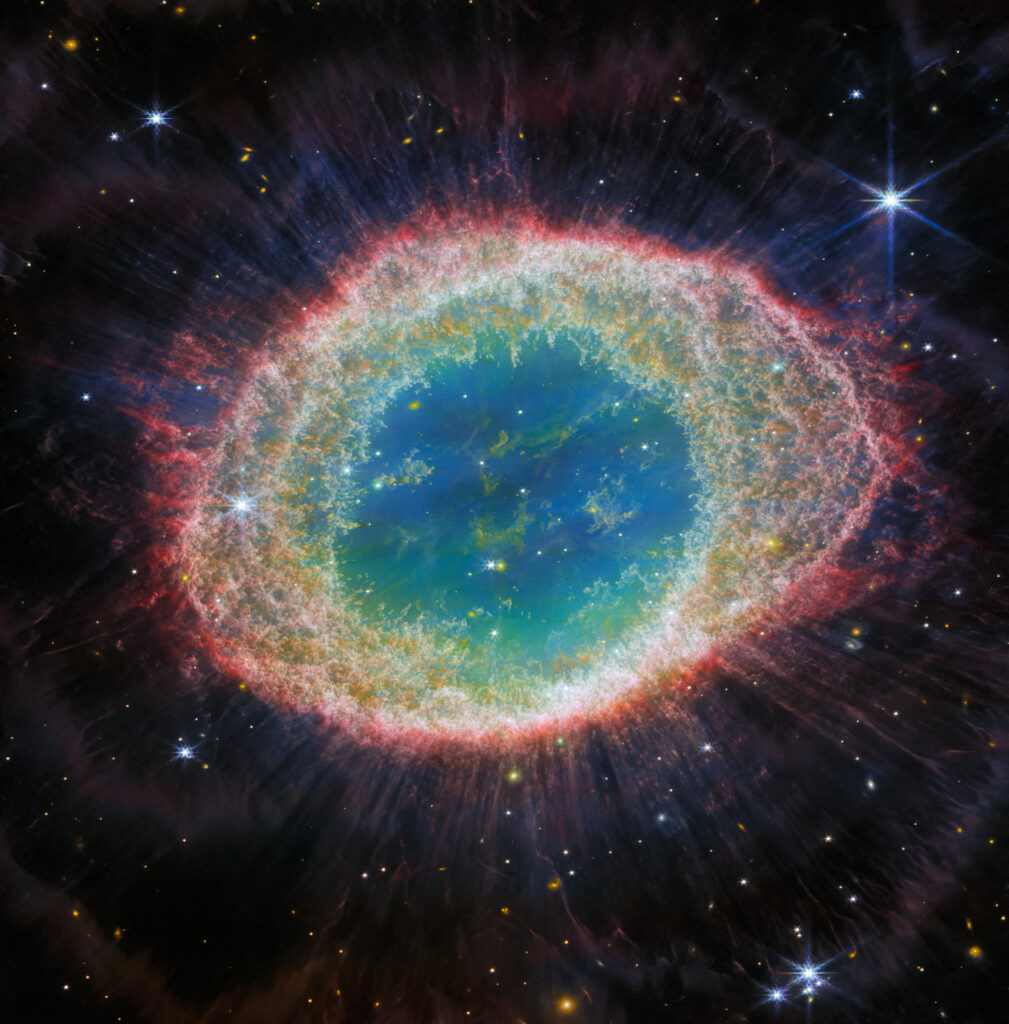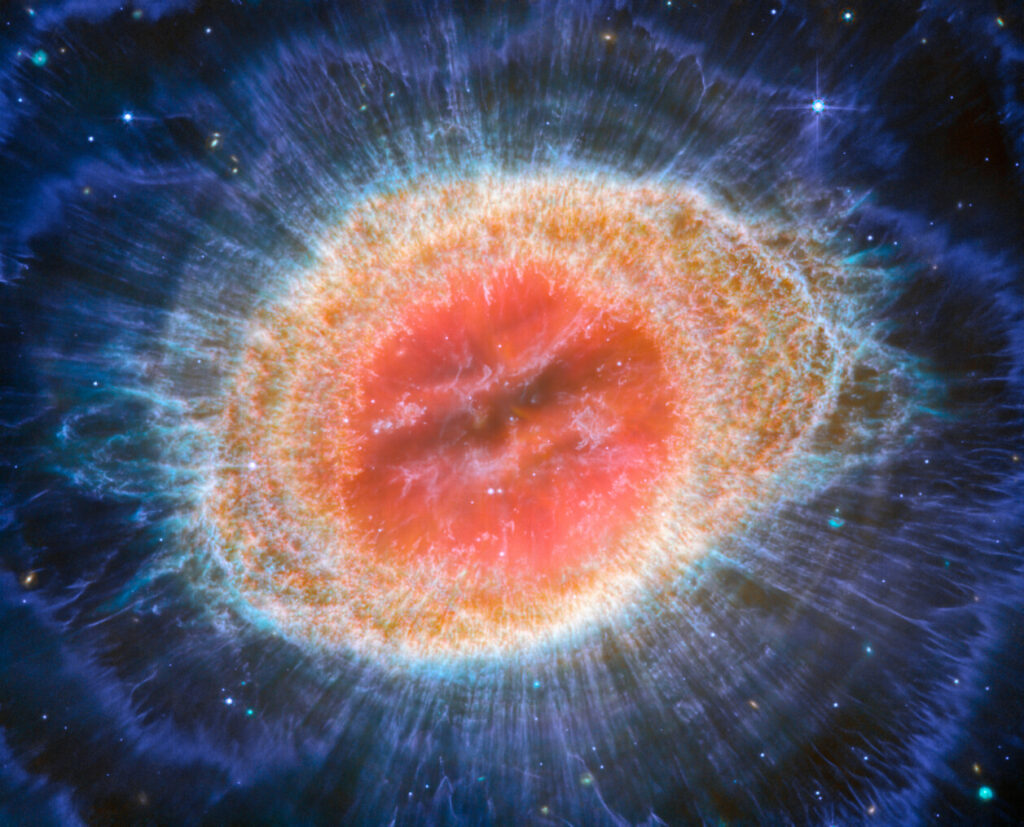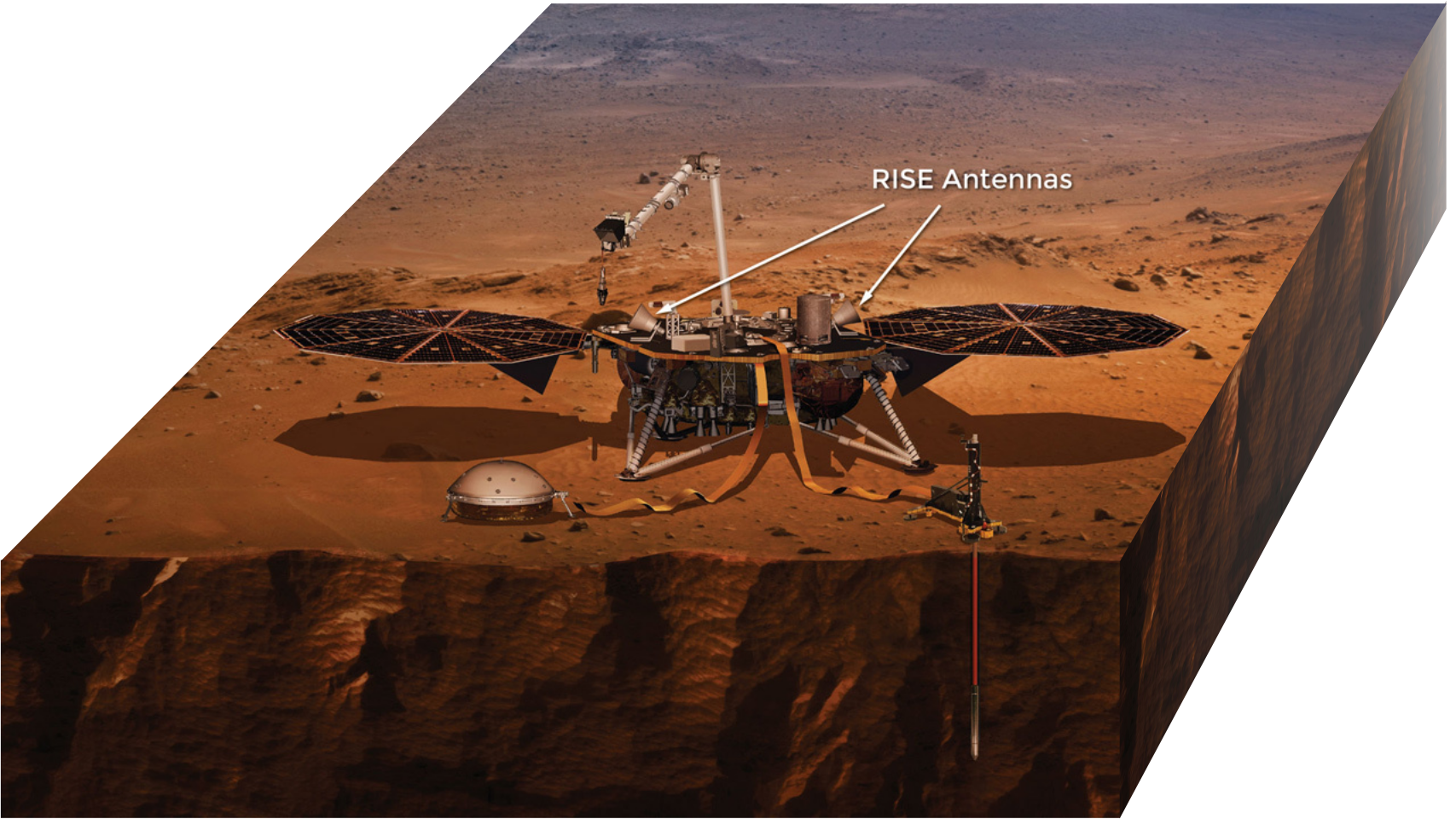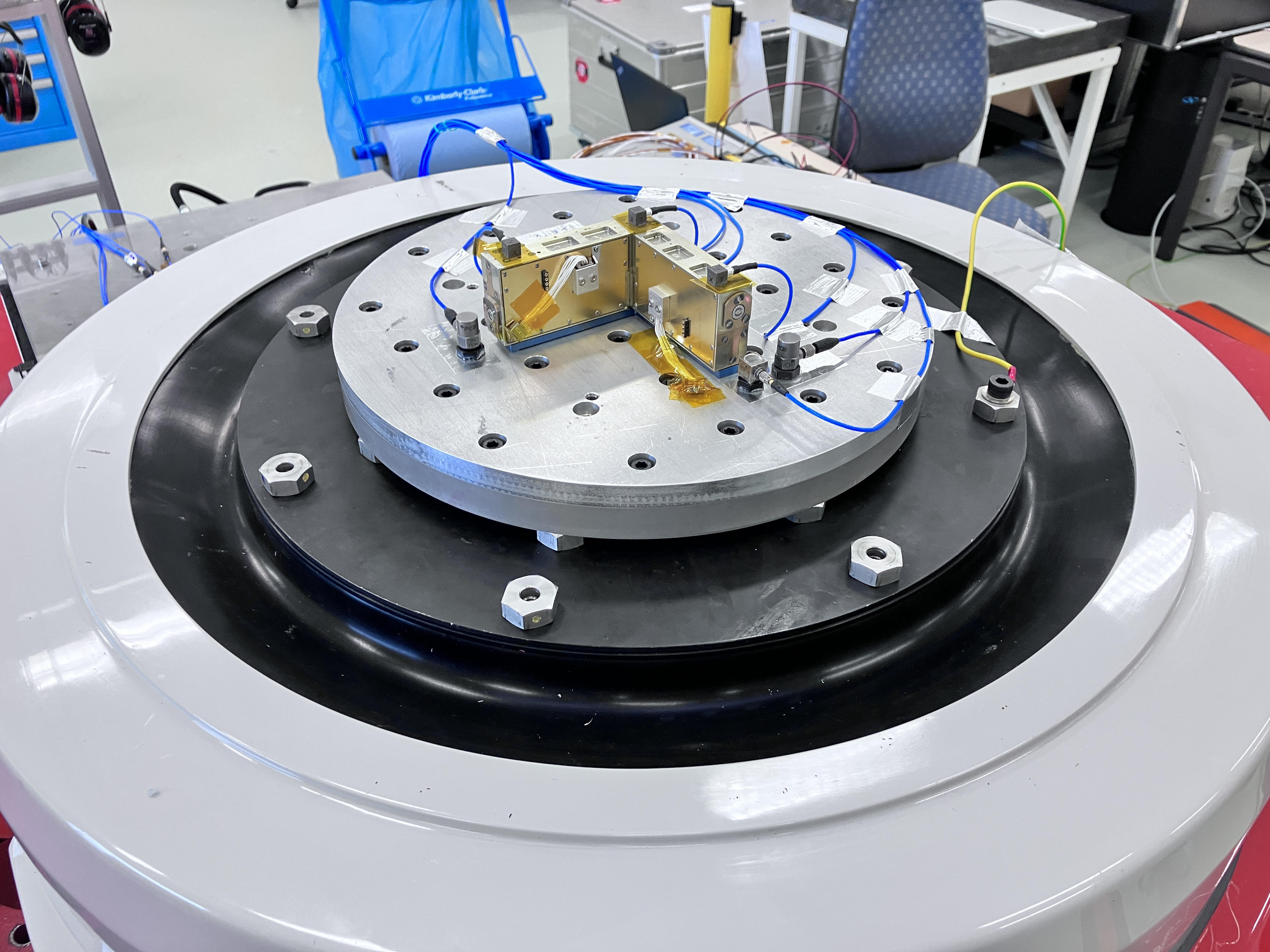9 and 10 September 2023 – Open Doors at the Humain Radio Astronomy Station
Mark your calendars: the weekend of the 9th and 10th of September 2023! Join us at the Radio Astronomy Station of Humain, in Wallonia, to celebrate Belgium’s rich and diverse heritage. [...]

